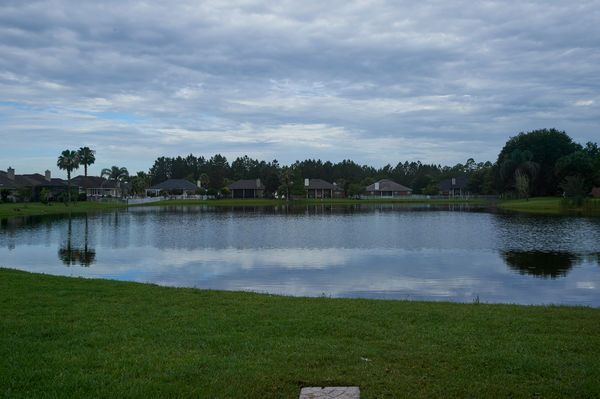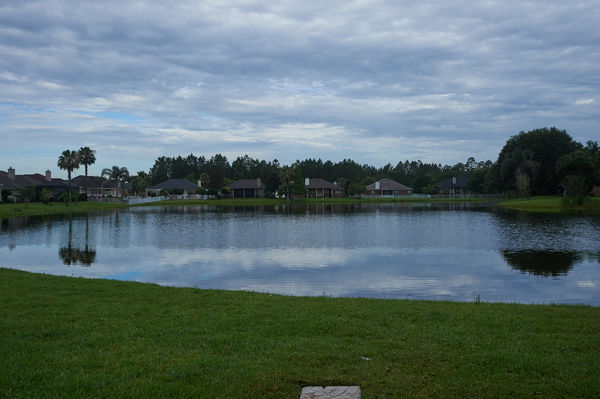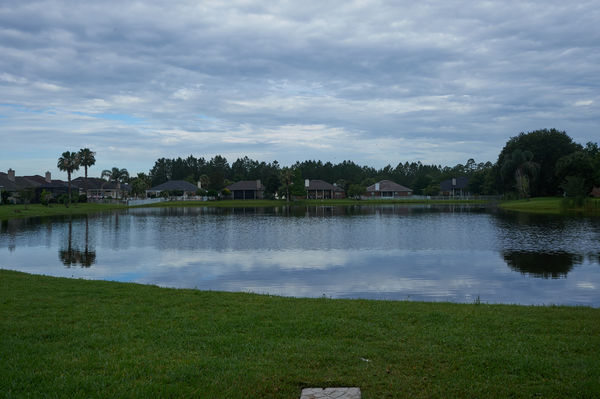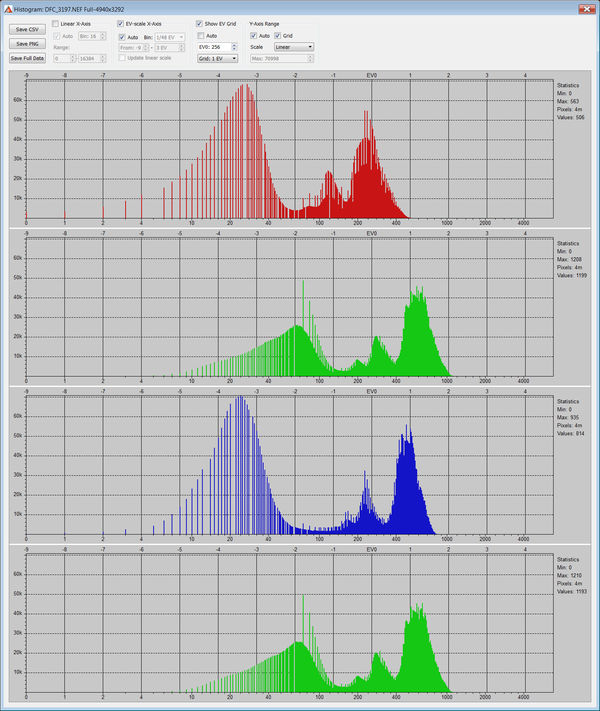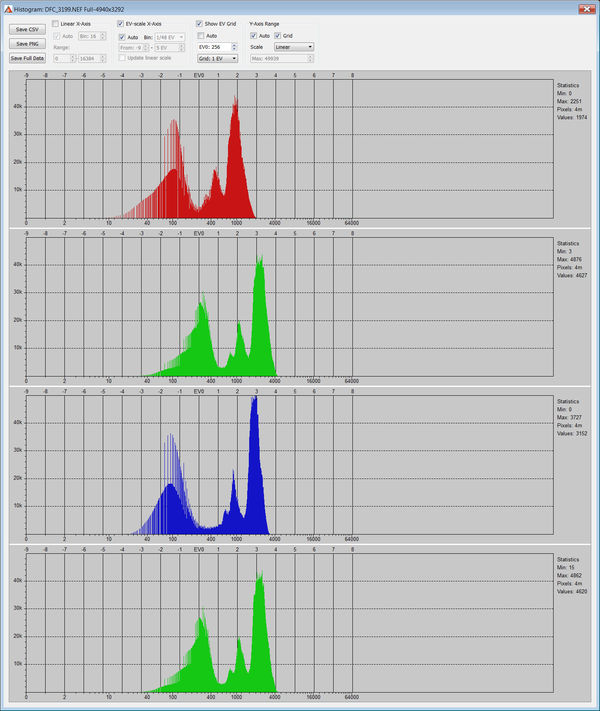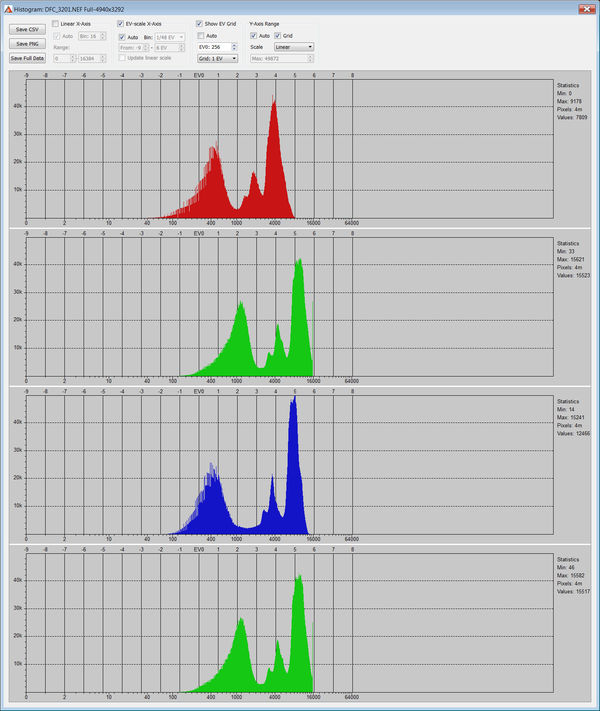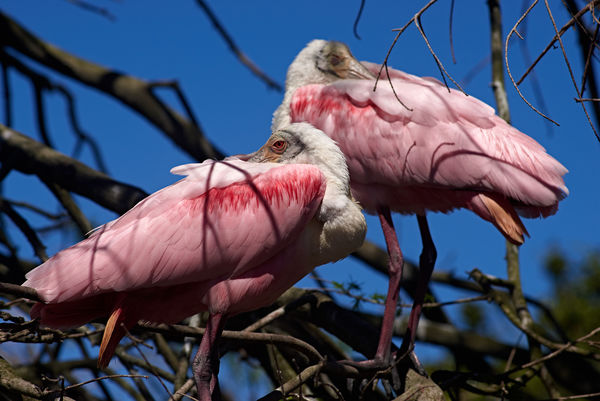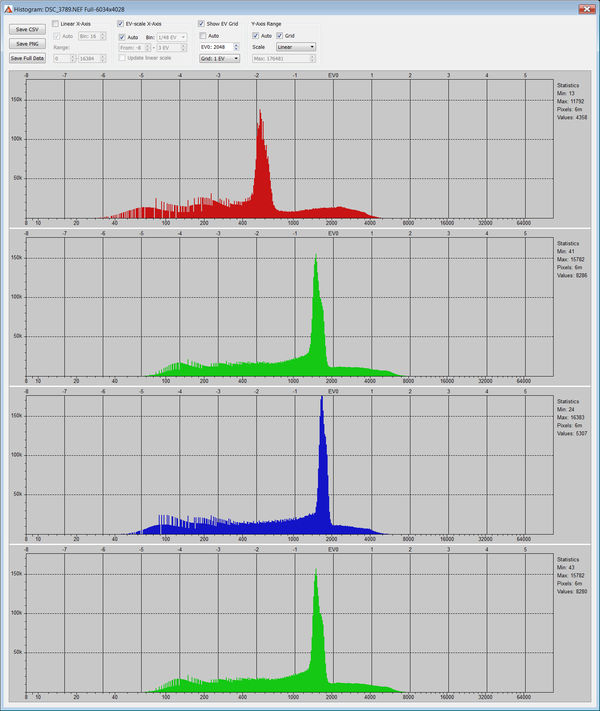Is ETTR better than ETTL?
Jun 16, 2018 08:55:01 #
rmalarz wrote:
Scotty, I'm not going to waste my time fulfilling any of these suggestions. I've better things to do. I'll just continue to produce very good photographs.
The theoretical benefits of using ETTR/EBTR have been demonstrated adequately for anyone with an open mind to notice. ...
The theoretical benefits of using ETTR/EBTR have been demonstrated adequately for anyone with an open mind to notice. ...
Yes, the theoretical benefits have been discussed ad nauseam. But photographyis a visual phenomenon. The visible benefits have never been shown by you or anyone else.
I'm not referring to the suppression of noise at absurdly high ISO settings or the presence of noise in deep shadows in a grossly underexposed image.
What I am interested in seeing is the difference between a reasonably exposed image and an image whose highlights have been pushed close to the limit and then brought back down in the initial step of post processing. Compare that to an image that has been exposed slightly to the left - maybe one or two stops - and brought back up with the Exposure slider during the raw conversion.
My point is that, if you don't carry it to extremes, a difference of +/- one or two stops corrected by the Exposure slider during the raw conversion is not a deal breaker. The difference is indistinguishable because of the ISO invariant nature of most sensors above ISO 400 (and our Nikon and Sony sensors throughout most of their range).
Here is a simple demonstration that anyone can try using their own camera. I made three exposures at 1/500 @ f/11. One was set to ISO 100, the next to ISO 400 and the third to ISO 1600. That's +/- two stops from my normal exposure for an overcast day. I brightened one with the Exposure slider +2 stops and darkened the third with the Exposure slider -2 stops. All three images got a 30% boost in the shadows.
I doubt that anyone can find a visible difference among the three.
We can discuss theory until the cows come home. But if we can't see the difference in actual images then there is something wrong with the theory.
If a man looks at the world when he is 50 the same way he looked at it when he was 20 and it hasn’t changed, then be has wasted 30 years of his life. – Muhammad Ali
The same applies to digital photography over a shorter timespan.
Jun 16, 2018 09:00:03 #
rmalarz wrote:
Scotty, I'm not going to waste my time ...
I guess you are not going to waste your time answering my questions about UniWB and spot metering either, are you?
Jun 16, 2018 12:31:05 #
selmslie wrote:
Yes, the u theoretical /u benefits have been dis... (show quote)
I'm going to ask you a stupid question. Why did you change the ISO to achieve the under/over exposure? Why did you not change the shutter speed instead? Changing ISO is an electronically altered amplification of the constant amount of light hitting the sensor from the same shutter speed and aperture used for each exposure. This is not the same as altering the amount of light hitting the sensor by physically reducing or increasing the exposure. This is not what we did with film when we needed to push or pull the exposures. There is a difference between a physical event vs an electronic event
Jun 16, 2018 14:13:58 #
tomcat wrote:
I'm going to ask you a stupid question. Why did you change the ISO to achieve the under/over exposure? Why did you not change the shutter speed instead? ...
Absolutely not a stupid question.
There are three ways to move the histogram(s) to the right - by using a longer exposure, by opening the aperture (nobody does that) or by increasing the ISO.
If the scene had been initially metered at ISO 1600 it might have called for a normal exposure of 1/2000 second. To move the histograms to the right by two stops would change the exposure to 1/500 second.
But if the scene has initially been metered at ISO 400 it might have suggested an exposure of 1/500 second. Changing the ISO to 1600 also moves the histogram to the right two stops.
So it doesn't really matter which way you do it. You end up in the same place - ISO 1600, 1/500 seconds at f/11 and the histogram ends up in the same position - as far to the right as it can go without blowing the green channel.
By using the same physical exposure (1/500 @ f/11) the sensor received exactly the same amount of light for each exposure. The same physical exposure means that the same amount of noise (if any) would be recorded.
The three different ISO settings moved the histogram progressively to the right until the third image was actually all the way up to the limit (16000) for the green histogram. You can see the progression in the plots below. Any difference in raw image data will be solely due to the change in ISO, not the change in exposure.
Because the sky was overcast, the images covered fewer steps (a narrower DR) than the full daylight images I posted earlier.
You will also notice that the green channel is further to the right of the blue channel and about a full stop beyond the end of the red channel. This is fairly common but in a scene with a large amount of red or blue color things would be different.
Nevertheless, the whole point of this exercise is to show that there is a lot of latitude in the raw file around what would be considered a "normal" exposure. In this case a range of +/- 2 stops does not appear to make any visible difference.
So Is ETTR better than ETTL? Not much if at all - within limits.
Jun 16, 2018 17:04:56 #
rmalarz wrote:
... The white bird is rather nice. The pink ones have blown highlights in the white feathers on their heads. Details in those areas would really make this image dramatic. ...
I missed your earlier comment. No, the white feathers in the spoonbills are not clipped in the developed JPEG. The exposure was manual, 1/1000 @ f/11 ISO 400 (net EV 15).
I never looked at the meter reading. One of the benefits of not using a meter and knowing what the exposure should be ahead of time is that you won't blow the highlights. I used the same exposure for the egret and every other sunlit bird.
If you want to reply, then register here. Registration is free and your account is created instantly, so you can post right away.

